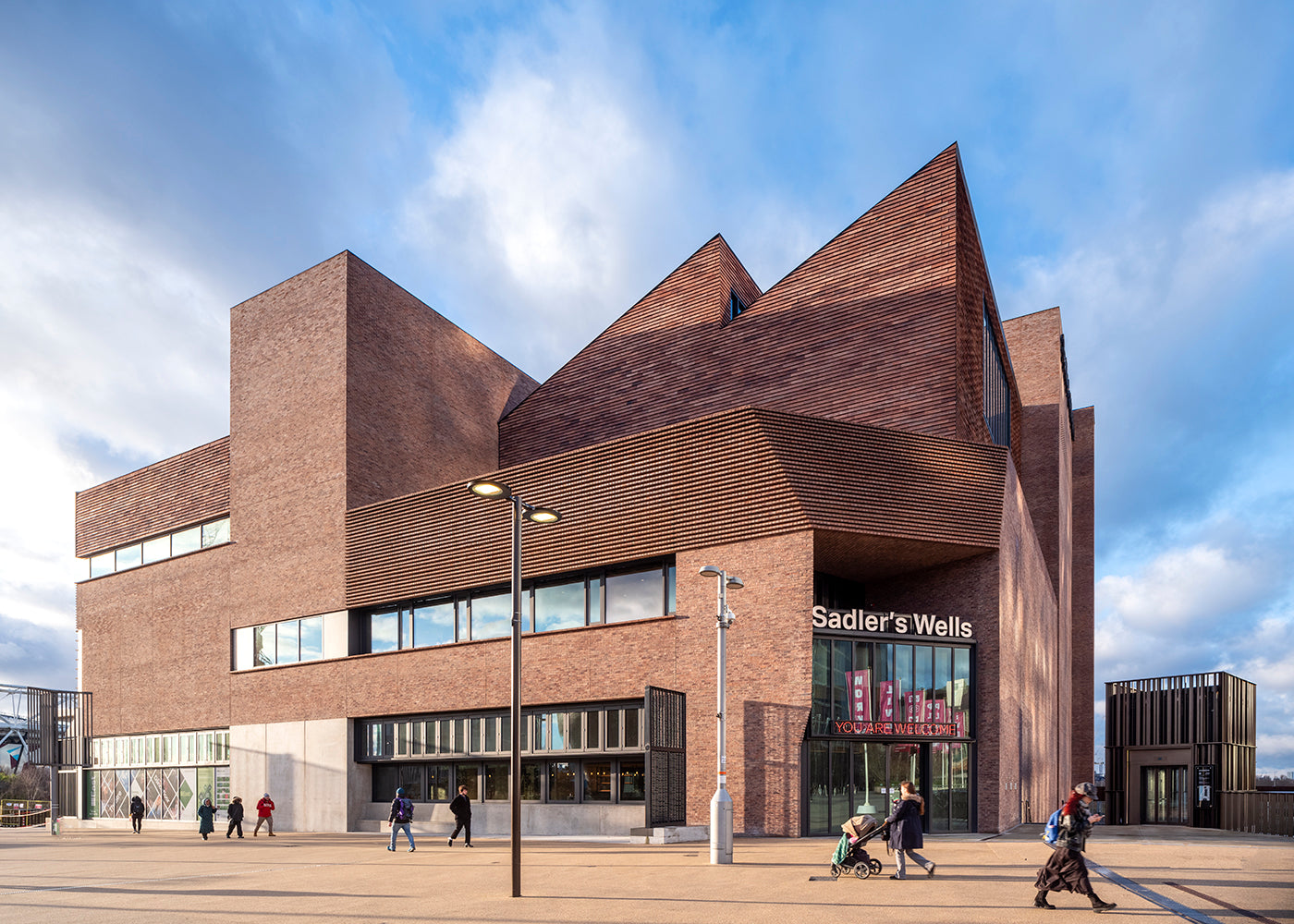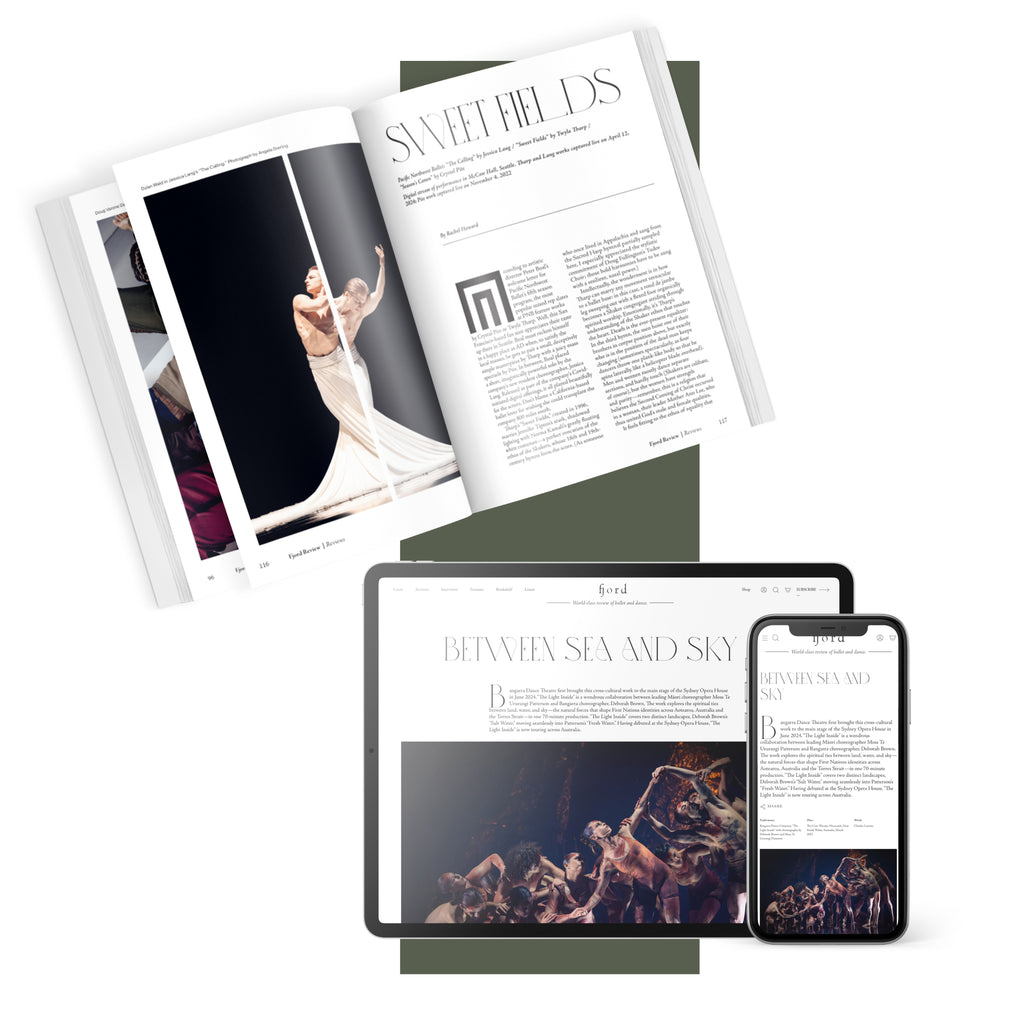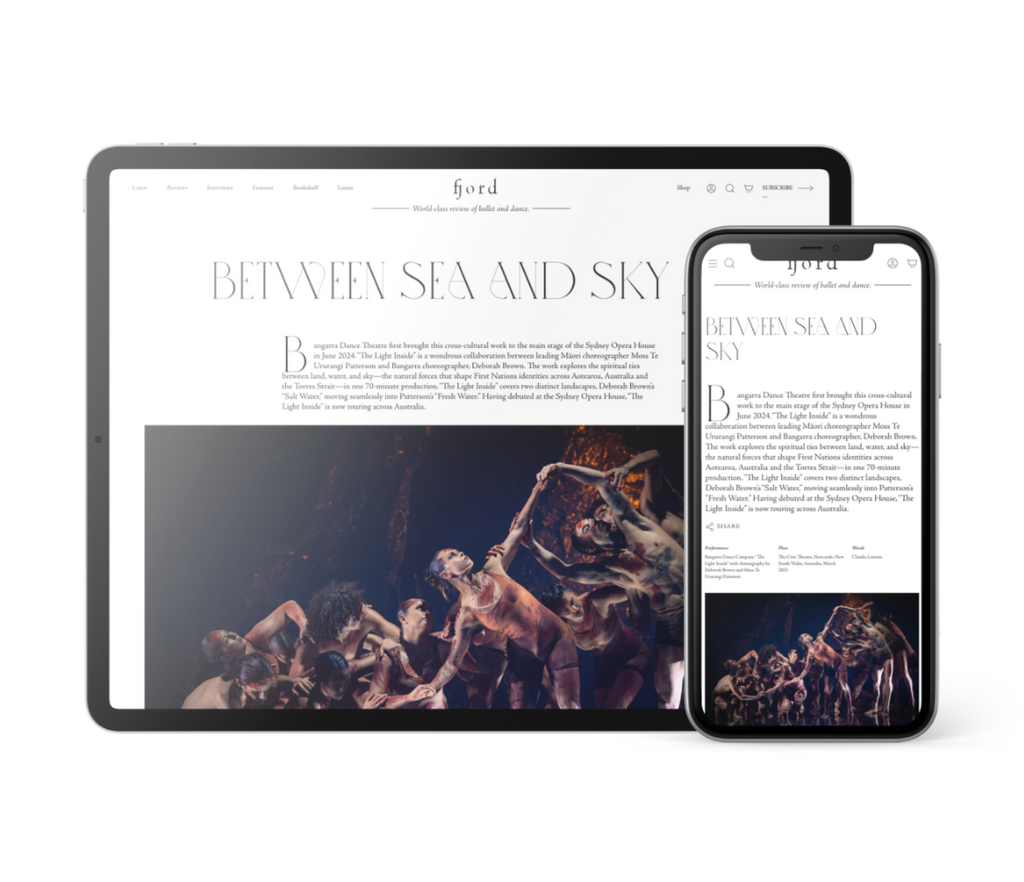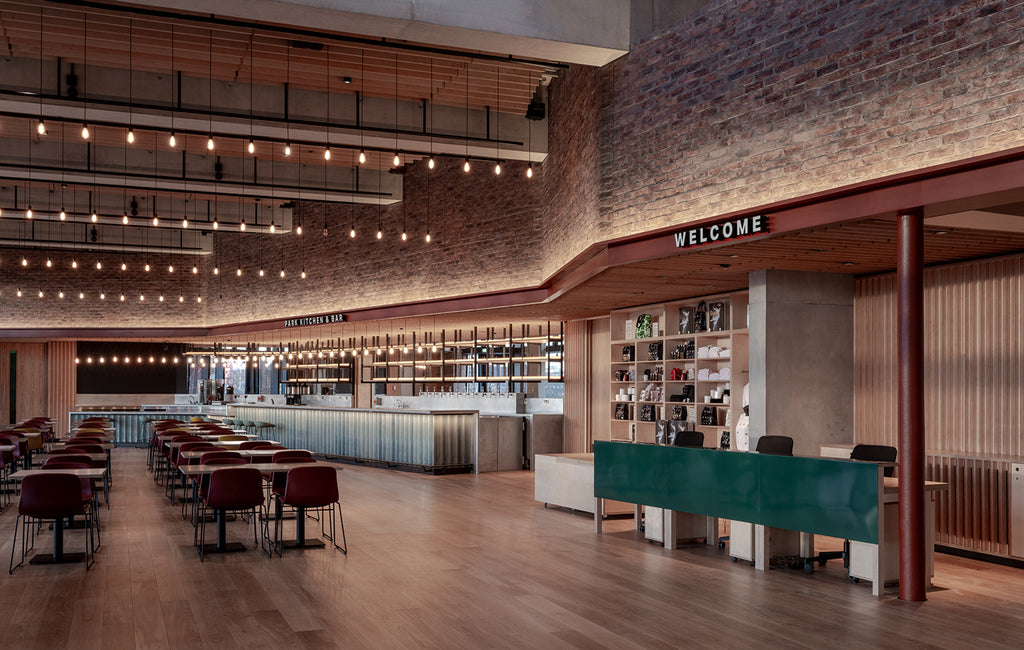Strong Foundations
The Sun King not only invented ballet in its modern form but in 1713 also founded the oldest ballet academy in the world.
Continua a leggere
World-class review of ballet and dance.
It’s not often these days that aspiring dancers and smaller companies can enjoy the luxury of state-of-the-art facilities to develop their practice and put on a show, especially in a capital city. That’s soon set to change in London, with the opening of Sadler’s Wells East, a spanking new theatre launching in February, featuring six high-spec studios, a flexible 550-seat amphitheatre, outdoor areas, and a large public foyer dubbed the “Dance Floor,” intended as both public meeting place and impromptu performance space.



“Uncommonly intelligent, substantial coverage.”
Your weekly source for world-class dance reviews, interviews, articles, and more.
Already a paid subscriber? Login

The Sun King not only invented ballet in its modern form but in 1713 also founded the oldest ballet academy in the world.
Continua a leggereThe Choreographic Platform Austria (CPA) held in Salzburg from 20–22 November 2025, has become a biennial focal point for contemporary dance in Austria.
Continua a leggereIt’s “Nutcracker” season at San Francisco Ballet—36 performances packed into three weeks—which means that the company is currently serving two distinct audiences.
Continua a leggereLast week I caught up with choreographer Pam Tanowitz and Opera Philadelphia’s current general director and president, countertenor Anthony Roth Costanzo to talk about “The Seasons,” the company’s latest production premiering at the Kimmel Center’s 600-plus seat Perelman Theater on December 19.
Continua a leggere
comments